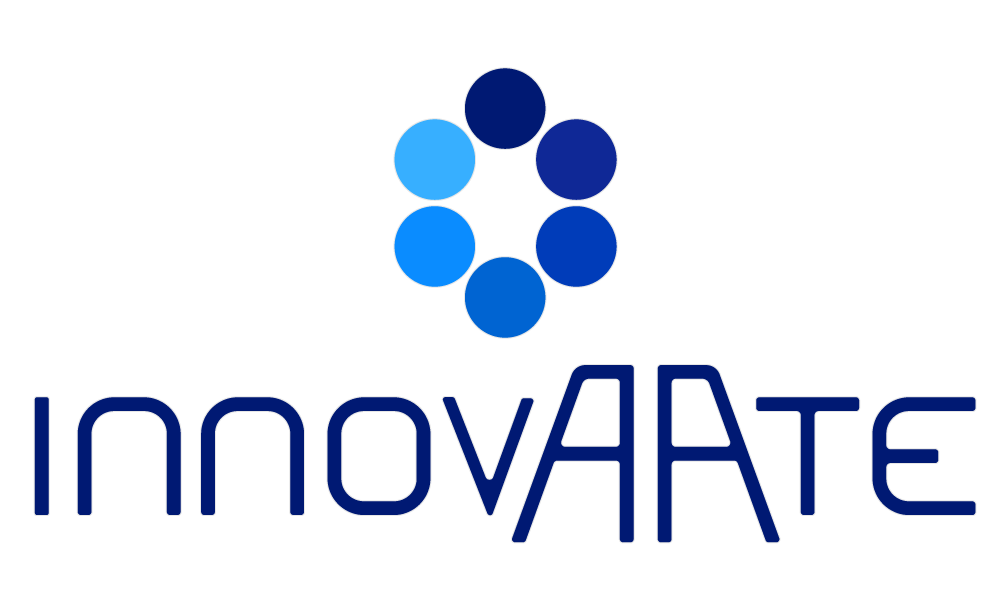FAQ's
Who can benefit from InnovAAte products??
Whether you are young or old, whether you are a high performance athlete or a park walker, whether you sweat it out at the gym or at work, your body needs these six high demand amino acids 24/7.
Can I take ElectrAAte® and OptimAAte® together?
Absolutely. They’re designed to work in tandem—ElectrAAte® during or after activity to rehydrate and protect muscle, and OptimAAte® daily to support recovery, rebuild energy systems, and optimise performance. Many people use both as part of their everyday routine.
What’s the difference between ElectrAAte® and electrolyte drinks?
Most hydration products just replace water and salt. ElectrAAte® does that and replenishes key amino acids your body loses in sweat—amino acids that help prevent muscle breakdown and fatigue. Think of it like a full-service pit stop, not just a refuel.
Are they vegan and allergy-friendly?
Absolutely. Our products are vegan-friendly, meaning all amino acids are sourced from non-animal origins. They're crafted in a peanut-free facility. Although the manufacturing equipment is thoroughly cleaned between each product run, please note that wheat, milk, soy, egg, gluten, and fish may also be processed on the premises. We pride ourselves on creating products that are clean, simple, and accessible for everyone.
Can I mix these with juice or smoothies?
Definitely. While they’re designed to be mixed with water for quick absorption, you can mix them into juice or a smoothie if you prefer a stronger flavour.
Why doesn’t taking protein supplements help during exercise?
When you engage in physical exercise, your body diverts blood away from the digestive system and redirects it towards your muscles, resulting in impairment of digestive capacity. This leads to reduced protein digestion and can result in a feeling of heaviness in your stomach. Without digestion, the proteins do not release the amino acids needed to support exercise.
Will taking protein supplements help if I take them straight after exercise?
Digestion can be impaired for several hours after exercise, depending on the intensity of the exercise. Without digestion, the proteins do not release the amino acids needed to support recovery. Protein supplements provide no immediate benefit as they need to be digested to release amino acids.
Protein supplements can be useful to provide a valuable source of amino acids in the latter stages of recovery.
Why do proteins need to be digested?
Proteins are large structures that are created by linking amino acids together in a specific sequence. For instance, albumin, one of the primary proteins found in our blood, consists of 585 amino acids that are linked together in a specific order and folded in a unique configuration.
Before the body can use the ingested proteins, they must be digested to release individual amino acids. These amino acids are then absorbed into the body and are used to create new proteins.
While protein supplements can provide benefits after exercise, it takes several hours for the proteins to be digested and for the amino acids to be released for uptake by the body.
What is the need for providing amino acids straight after exercise?
During exercise, you are usually unable to ingest food and your body is certainly very limited in its capacity to digest food. For this reason, the body has developed a process called "the catabolic response." This process involves breaking down certain body proteins, mainly found in the muscle tissues, to provide amino acids to support the exercise. Essentially, the body sacrifices its own proteins to provide the amino acids required for energy metabolism, recovery, and repair.
After exercise, your body is typically in a protein deficit or negative nitrogen balance. If we can provide "free" amino acids either during or immediately after exercise, we can reduce the demand for the body to break down its own proteins.
Why would we want to reduce the protein breakdown in the body?
Minimising the need for protein breakdown in the body can lead to better maintenance and building of muscle mass. This can also help in reducing muscle soreness, fatigue, and the risk of injury. By reducing the amount of protein breakdown, the body has to do less work in replacing it. Consequently, recovery from exercise becomes faster and more efficient.
Is this what the branch chain amino acids (BCAA) do?
It has been beneficial to use the branch chain amino acids (BCAA) as free amino acids in various applications. These amino acids are vital for the muscles, and using them as free amino acids has advanced our understanding of amino acid biotechnology. However, recent research has shown that high-demand amino acids (HDAA) are lost at a much faster rate in sweat and urine than BCAA. In fact, HDAA are lost 7 times faster in sweat and 30 times faster in urine than BCAA. This indicates that the demand for BCAA is not as high as that for HDAA. Additionally, the HDAA supports four major areas of body functions, including energy systems, growth and recovery, structural integrity, and metabolism.
What is the basis of the new InnovAAte products?
Our research has shown that the body loses six specific amino acids at much faster rates in sweat and urine than other amino acids. These are referred to as high-demand amino acids (HDAA). These amino acids play a crucial role in various metabolic processes, including hormone production, neurotransmitter formation, DNA formation, folate metabolism, and others.
The primary objective of the new InnovAAte product range is to replenish the HDAA that have been identified to be lost at a faster rate during exercise than other amino acids.
Why can’t the amino acids be made by the body to meet demand, if we have a good diet?
It is important to note that certain amino acids, known as "essential" amino acids, cannot be produced by the body and must be obtained through the diet. Our research has shown that two of these amino acids are lost in higher proportions than they are delivered in both meat and plant proteins. In general, meat sources provide more of these two essential amino acids.
While the body is capable of producing the other four HDAA, it may not be able to produce enough of them during periods of high-intensity exercise, training, ill-health or life in a hot climate. In such cases, these amino acids become "conditionally essential".
What happens if the body cannot make them fast enough to support the exertion?
The body undergoes a process called the "catabolic response" to break down its own proteins and provide the necessary nutrients whenever required. When the body needs to replenish certain amino acids like serine during exertion, it breaks down the endogenous proteins in the muscles to release the required nutrients.
However, this process has a downside. The other amino acids present in the protein that is broken down are not required in the same quantities and get utilised as an energy source or converted to fats. To avoid this wastage of amino acids, we need to supply precisely what is needed at the right time to the body, which will minimize the requirement for catabolism and prevent the wastage of other amino acids.
Does this product include the BCAA?
InnovAAte formulations do not contain BCAA. Instead, they are designed to replenish HDAA lost in greatest abundance during exercise and daily exertion. The goal is to reduce the internal demand for amino acids and, in turn, decrease the process of muscle catabolism. This results in smaller losses for BCAA and less wastage of other amino acids.
Can this product be taken during exercise?
Yes. The product comprises all the crucial components necessary to sustain physical activity and replenish electrolytes.
As the amino acids are in a free-form state, they don't require digestion and can be quickly absorbed by the body for efficient use.
The amino acids are available in powdered form, which can be easily mixed with water and carried in a hydration bottle.
Are InnovAAte products suitable for women, including women over 40?
Yes! Our formulas are especially beneficial for women over 40, when hormonal changes can increase losses through sweating and have impacts on energy, recovery, and muscle mass. InnovAAte products help replenish key amino acids that support muscle preservation, reduce fatigue, and promote daily resilience—without sugar, caffeine, or bloating.
Are any of these components illegal for professional sports?
The amino acids and electrolyte components are natural dietary constituents that can be found in various foods. There are no drugs or prohibited substances added to the product. Additionally, the manufacturing process is free from allergens such as peanuts, making it a safe choice for people with allergies.
However, it's important to note that different sporting bodies have varying restrictions on the use of certain supplements. Therefore, competitors should visit the Global DRO website to check for specific limitations on the product before using it for their respective sports.
HASTA has independently tested each batch of our products to determine that they do not contain WADA-banned substances (World Anti-Doping Authority). This is relevant for people in workplaces that are subject to regular drug testing and for use by elite athletes.
What is the difference between an amino acid, a polypeptide and a protein?
When amino acids are combined through a linkage called a peptide bond, they form different molecular structures. A dipeptide is formed when two amino acids are joined together, while a tri-peptide is formed when three amino acids combine. When multiple amino acids join together, a polypeptide is formed, which is the basic unit of a protein.
Proteins are usually enormous, consisting of hundreds of amino acids, such as the albumin protein, with 585 amino acids joined together. However, some proteins are much smaller, including some hormones. Growth hormone and erythropoietin are examples of small proteins that are often referred to as peptide hormones or polypeptides, causing confusion between these terms.
It is essential to note that InnovAAte products only contain amino acids and electrolytes, without any peptides or polypeptides in their formulations.
Why haven’t these amino acids been discovered before?
For many years, it has been known that amino acids can be found in sweat and urine. However, there has been limited research conducted to understand the reasons behind their presence and their potential impact on health and performance.
Our research team has conducted a thorough analysis to determine the potential losses of amino acids during sports activities. We then used computer modeling to identify the key factors that contribute to amino acid demand during exercise.
To achieve this, we utilised our expertise in sweat and urine losses, as well as our in-depth knowledge of amino acid metabolism and its relationship to fatigue.
Our InnovAAte product line is the result of ground-breaking research conducted since 2014. We developed a new method to measure sweat losses during exertion and then used computer-based models to study protein turnover and amino acid metabolism. The result is a product line that is based entirely on scientific research.
Our next-generation Amino Acid Biotechnology products are designed to reduce fatigue, improve recovery, and help you perform at your best for longer.


